

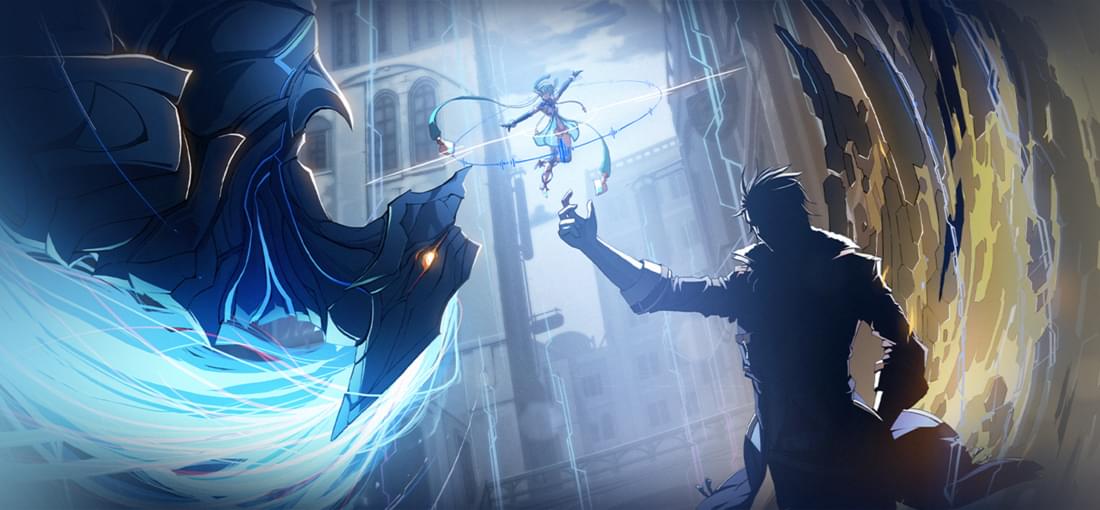
Trails Through Daybreak, like Cold Steel before it, represents a drastic shift in gameplay style, with a simplification of mechanics to make it more easy accessible to people who are new to the series or RPGs in general. This has been a trend followed by many RPGs in the last few years, but, unlike the recent entries in the Final Fantasy series, which have been simplified to a degree that can make combat feel more dumbed-down than streamlined, the new style of combat in Daybreak is more geared towards keeping dungeons flowing quickly once the player feels they've done enough leveling. If you think fighting a low level enemy would take too long for the rewards it would give, just attack it on the overworld a few times to make it go away. If things get too tough, just press one button and fights shift over to turn-based style so you can plan ahead and use spells/crafts. I've heard a few complaints that this can make the game a bit too easy at times, which can be true, but I've played enough Trails games to know that the first entry in a new arc tends to ease players into the flow of combat before ramping up difficulty in the sequel. As for the writing, Daybreak has a cast that made a much more positive first impression on me that any previous cast has, even going back to the very first Trails in the Sky game. Toneally, it is much more serious than the Cold Steel arc which, while very good, especially towards the end of CS4, tended to be a bit more cutesy than I would like out of a fairly serious political drama. Instead, the style of writing is much more in line with the Crossbell arc, with much more parallels to current real-world issues presented with more gravitas. Again, to contrast with Cold Steel, there is no fascism monster that makes people magically turn into nationalists and stops when you hit it with a sword. Now, it's just people and systems being flawed and the characters trapped in those systems doing their best to deal with it. Great entry in the series
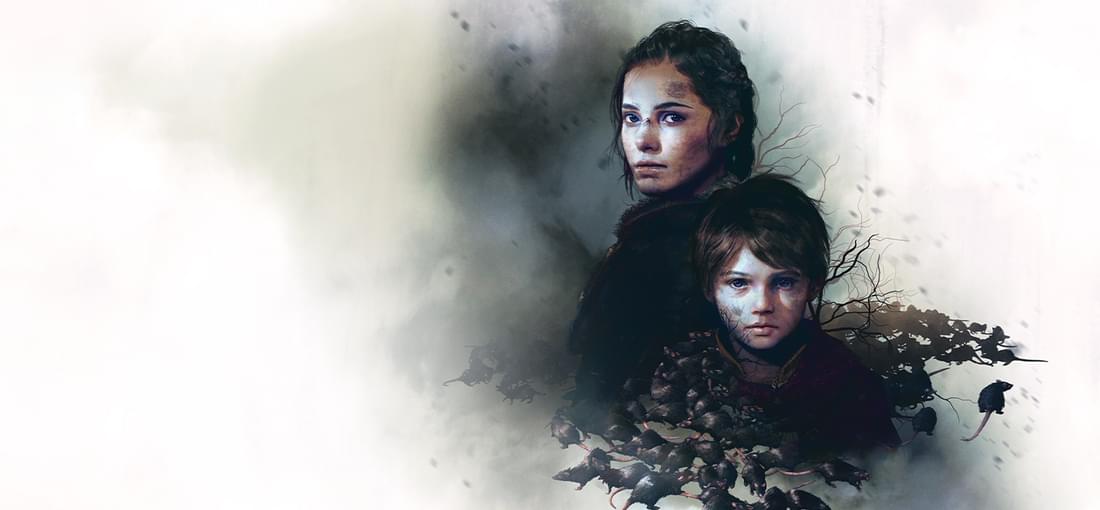
A Plague Tale: Innocence is a game that tries to invoke the spectacle of a Hollywood action film through linear setpieces and slow, dialouge-heavy walk-and-talk sections. This is an effort that, in priciple, I have no problem with. Not every game needs to conform to a certain style of play, and a focus on story over control is as valid a design choice as any. However, if a game wishes to emphasize its cinematic elements, it needs both the direction to make use of games as a seperate medium to film and the commitment to being a game that only appeals to a select few. A simple example of how Plauge Tale tends to fail at both can be seen in the crafting system. Here we have a system that really serves no purpose in the grander design of the game; a tacked on and cumbersome mechanic that only exists because this is a video game and video games have crafting mechanics. Already annoying to interact with on its own, the crafting system also directs the player's eye downward to look for materials, often drawing away from the grand spectacle that is the entire appeal of the game! When not distracing from its own best qualities, Plague tale can really stun with beautiful visuals and fantasticly designed locations, a few of which do make great use of the intamacy with the protagonists that is inherent to the medium of video games, such as a truly haunting level where the player must cross a field of bodies in the aftermath of a war. Unfortunately, the act of playing these levels can be frustrating enough to undo the magic, with the game being all too eager to kill the player for stepping the slightest bit off path during an action scene, which can send one back through minutes of what amounts to just holding the thumbstick forward. If the idea of the game sounds cool enough to you that what I've written hasn't turned you off, you'll probably like it, as the game can get quite impressive when its at its best. I did like it, just found it could have been much better.
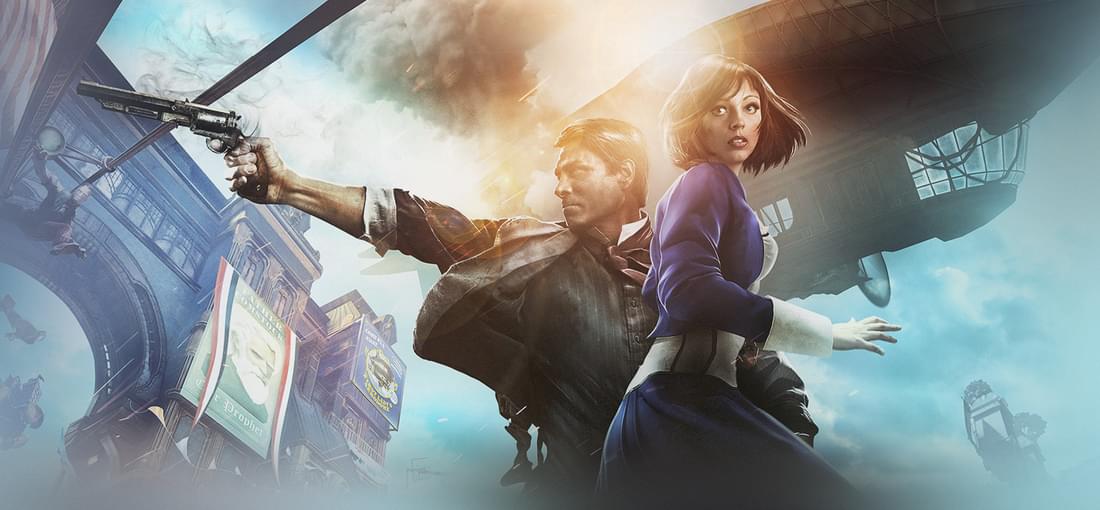
There's a reason people don't really talk about Bioshock Infinite anymore, other than to occasionally ponder how something as embarrassing this game got as much praise as it did at the time of its release, and that reason is that Infinite, much like all FPSs of the 7th generation of consoles, was a leap backwards in quality to what already existed and can't begin to stand up to the new releases that have come out of the boom-shoot revival era. A meagre handful of very similar enemy types, blandly linear level design, and unsatisfying weapons combine to make the experience of playing Infinite an absolute chore even before it starts boosting the health of every enemy to obnoxious hights to make up for the fact that the game, on its orginal hardware, could only render so many enemies at a time. Another 7th gen gem that makes itself often felt is the total lack of boss fights which, along with the lack of enemy variety, leads to all combat encounters bleeding together into a bland slush, the ultimate punchline of which is that the game only managed to wring about 6 hours out of the whole affair. The story has a very similar problem, simply spouting edgey nonsense at you for most of the dialouge. For all Infinite was praised for its brave criticism of rascism upon its release, the only trick the writers really had was for cartoonishly evil people to say something racist and then move on, which isn't really a criticsm of anything; it's just looking for a cheap shock. This is no different to a thirteen year old thinking putting the word "fuck" in the comics he draws makes them mature. The funnest thing about the story might be that its so poorly stiched together and its final twist so forced that Infinite must spend the last hour of its 6 hour playtime explaining the convoluted series of contrivances that occured for the twist to make even a little bit of sense at all. Awful, even for the time. Don't let anyone trick you into thinking its a classic.

Beyond: Two Souls isn't the worst thing Quantic Dream has ever put out, but that's only because of how phenominally bad of a developer they have shown themselves to be. For most other studios, this would be far and away the most embarassing effort they ever had the gall to release. The story is typical David Cage fare, with half the scenes written like first drafts from before the writer knew what the story was ultimately going to be about, and the other half feeling entirely superfluous, only added in to extend the run time of a game that already feels like it's dragging it's feet in getting to any kind of point. The decision to tell the story out of order doesn't help, especially since it's such a pointless and baffling narritive device. The game's story and how the player experiences it would change not in the slightest if it had been told linearly, so it feels like no more than a last ditch effort to give a boring game any kind of personality. Normally, a Quantic Dream game can at least be recommended on a purely ironic level, due to how hilarously incompetent the writing is, especially when it comes to dialouge, and while Beyond: Two Souls certainly has an abundance of so-bad-it's-good moments, the sheer amount of time David Cage devotes to creeping on Elliot Page by constantly shoehorning in weird sexual situations severely undercuts any humor one would typically find in one of these games. That is to say, even if you're used to the bizarre amounts of scenes of sexual assault that take place in Cage's games, this one may be too much for you. Gameplay in Quantic Dream games is almost beneath mentioning. It's walking around occasionally broken up by QTEs. You'd think this would be hard to screw up, but Two Souls reaches innovative new levels of trash by having you guess what direction you need to press on the thumb stick based on one of Quantic Dreams' famously poorly directed cutscenes. No worries though, you can't die in this game, so there's no tension. Awful
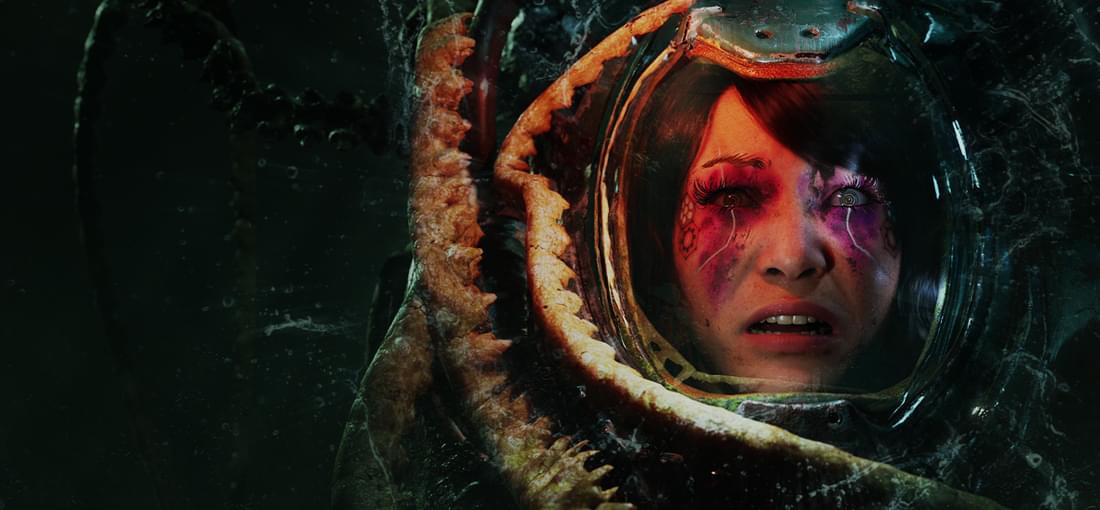
Speaking as someone who liked the first Stasis quite a bit, Bone Totem is one of the biggest leaps in quality I've seen in a sequel. Backrounds have gone from good to gorgeous, puzzles are better designed, and the terror has been ratcheted up to 11. The absolute best part about the horror in Bone Totem, and one of the returning strengths from the first Stasis, is an understanding of the human element that makes a story go from merely a collection of spooky set pieces to a truly haunting experience. As tempting as it may be in horror, especially when it comes to horror video games, it typically isn't a good idea to submerge the audience in a constant deluge of mysery and death. The constant pressure can often normalize the terror, making what should be a tense situation feel like just another obstacle in the game. Bone Totem overcomes this with grace, telling a story that is not just scary, but engaging and emotionally resonant, constantly driving the player forward to see what amazing new turns wait just around the corner. And there is always something just around the corner, keeping things moving a such a brisk pace that getting bored just isn't possible. Add to this an overhauled UI that makes pixel hunting a thing of the past without compromising the artstyle by making pickups stick out unrealistically, and what you get is one of, if not the best point and click game I've ever played. I couldn't recommend Stasis: Bone Totem highly enough to fans of horror, point and clicks, or just damn well-made games. I don't know yet if there are any plans for a third entry into the Stasis series, but after this, all future sequels will be day one buys from me.
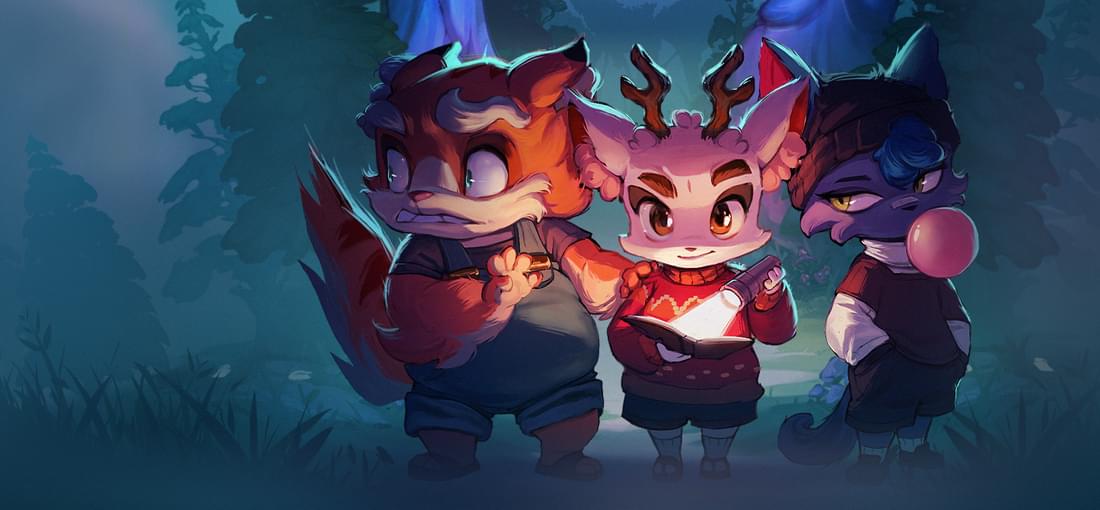
A cute and suprisingly well written game, one of the rare few that manages to not overstay its welcome without feeling insultingly short. About six-seven hours, which is hearty and more than enough to do all the story set out to do, but I honestly wouldn't have minded if it went on for another three or more, since the setting and characters were all so fun to explore. The only thing to note is that this game is basically a visual novel where you can more the character aroud a bit in between bouts of reading. Not a downside to me, but I could see how some people might be bothered by it. Highly recommended to those who want to enjoy a PG-13 horror story with a warm heart at the center.